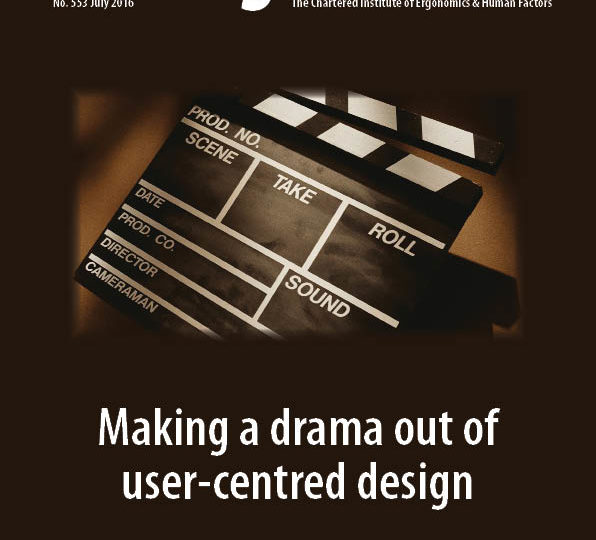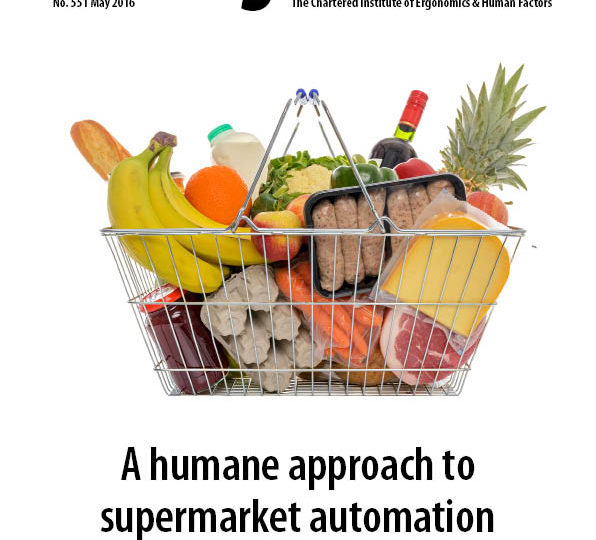
As often publicised, the nuclear industry is feared by the British public because of the association with the harm caused by exposure to nuclear radiation. The impact of events such as those at Chernobyl and Fukushima has been to focus the minds of all those connected to the nuclear industry to concentrate on achieving the goal of protecting both the general public and individual workers from exposure by following four principles: adequate shielding for the hazard; reduced exposure time to the hazard; increase in the distance between people and the hazard; containment of the hazard.
These four principles are at the heart of all approaches used across the nuclear industry. That’s where the similarities end. Each sector within the nuclear industry has a varied history that has contributed to the differences in organisational design, job design and performance requirements that exist today. Whenever you first start at the organisation, you have to learn how to fit in. What are the design processes, what is the scope of your role and the expectations of the stakeholders? It’s quite common to find out that the organisation has created their own in-house human factors standards to match the expectations of the stakeholders.
In many cases there is an underlying tick box culture, and we are involved to keep the regulators happy, not because of what we bring to the table.
So, what do we offer? The organisations have become large complex organisations that are constructed of a mixture of contractors and in-house staff. They are complex systems, they have recognised that they need help and their pleas for help were left unanswered for years. This created a void which has been filled by management consultants, lean consultants, and human performance consultants.
Ergonomists can also help with issues effecting the running of these organisations. We have a wealth of experience, knowledge and techniques that will identify interventions that will improve and strengthen the long term prospects for an organisation. The role of an ergonomist or human factors specialist is to understand how the organisation functions and to deliver successful ergonomic interventions that improve the health and wellbeing of all concerned by ensuring that they can achieve their work goals.
The use of participatory ergonomics has been extremely useful in focusing all of the stakeholders on how work is actually done, it strengthens the bond between engineers, designers, safety case authors and the operators by encouraging them to work together to overcome the emergent issues associated with their work.
At the Human Factors Integration in the Nuclear Industry event, on the 9th of November 2015, talks throughout the day will provide an insight into how human factors is practised and to reflect on how we work within the different nuclear organisations.
Ideas from other industries also enrich the expertise that already resides in the nuclear industry. We hope to broaden the focus from trying to raise the credibility of human factors within an organisation to boosting the credibility of human factors and ergonomics across the entire nuclear industry.
As a CIEHF member you get 25% off our standard delegate rates. Student Members get 40% off.
If you have any queries please contact James Walton, Marketing & Events Manager on 07736 893347 or email j.walton@ergonomics.org.uk.
John Lovegrove
John will speak at the Human Factors Integration in the Nuclear Industry event.




